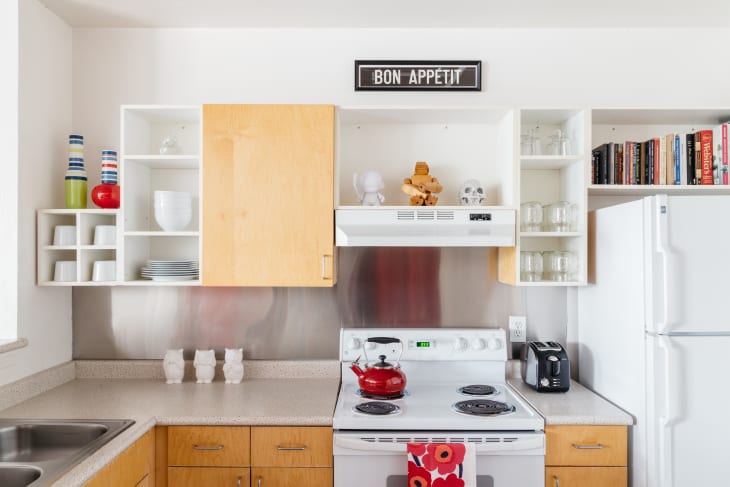5 Important Things to Know About Baking in an Electric Oven
While electric stovetops certainly have their share of frustrations, electric ovens generally get a thumbs-up all around when it comes to baking. They provide steady heat for even cooking and a dry environment that helps turn the tops of our Saturday morning muffins a lovely golden-brown. Even so, there are a few important tricks you might like to know to get the most from your electric oven.
Understanding Your Electric Oven
Electric ovens have a large electric coil just under the floor of the oven compartment. This coil pushes radiant heat upwards into the oven compartment at a fairly steady and even rate. Like gas ovens, they may have a second coil on the roof of the oven to serve as the broiler, but it’s the one on the floor of the oven that usually does the work of keeping your oven hot.
Electric ovens are generally awesome for baking. The coils heat and cool slowly, which may sound like a negative, but actually results in steadier heat with fewer spikes and drops of temperature. The heat is also less intense when the coils are fully on, so you don’t usually have the same incidence of undersides burning as you do with gas ovens. Additionally, the oven environment is much drier, which helps foods crisp up and turn golden-brown.
These are general characteristics of electric ovens. Keep in mind your own oven might not behave quite the same.
5 Tips for Baking in an Electric Oven
1. Preheat for longer than you think.
Electric coils take a little while to warm up to full temperature and start pumping out the heat — it’s not an automatic “on” or “off” quite the way it is with gas heat. This just means that you should preheat for longer than you (or your oven) might think you should. An oven thermometer can help you feel confident that your oven has fully heated.
2. Tent with foil to avoid over-browning.
While getting a browned and golden top on your pies and pastries is almost never a problem with electric ovens, over-browning can be. If you notice the edges or tips of your food starting to darken long before you know the food is done, just loosely tent some foil over the top, or crimp foil around the edges of the pan where the crust is browning. The loose foil still allows for air and heat circulation, but also protects the top from the intense direct heat that might cause it to burn.
3. Bake in the middle of the oven.
Unless your recipe specifies otherwise, baking on a rack in the middle of the oven will give you the best all-around heating and help both the top and the bottom of your food cook at a steady rate. The middle of the oven is also less prone to hot spots. Even so, rotating your trays midway through baking also helps guarantee even cooking.
4. Use the right bakeware for the job.
Because the heat in an electric oven is usually so steady and dependable, that means you can use your cookware to your advantage to get exactly the results you want. Use metal bakeware for more browning around the sides and bottoms of your foods; dark metal pans, in particular, will help crisp up the bottoms of your cookies and pastries. Use glass, ceramic, or silicone bakeware when you want to decrease browning, like when making light-colored cakes or cupcakes. These materials conduct heat less well and decrease the amount of browning in foods.
Pick the Right Pan For the Job:
5. Add steam when you need it.
There are some times when the dry environment of an electric oven can be a little frustrating, especially when baking bread. To add a little steam and help your loaves rise, you can pour a cup of hot water into an empty pan on the bottom of the oven or open the door a crack and use a spray bottle to spritz some moisture into the air. You can also bake loaves of bread inside a Dutch oven or other heavy pot with a lid; this traps the moisture evaporating from the food itself. You usually only need steam at the start of cooking, so stop adding moisture (or uncover the Dutch oven) partway through cooking.
